Developing muscle is based on the inflammation of the muscle fiber, due to resistance training. Different factors, such as intensity, range of motion, repetitions range, or resting time, will eventually lead to muscle growth. The basic stimulus is breaking down muscle tissue during exercise, mainly by lifting weights. The 8-12 repetitions range is responsible for the sarcoplasmic hypertrophy, while the repetition range of 4-6 is responsible for myofibril hypertrophy and strength and density improvements.
Of course, the proper hormonal environment (anabolic hormones) and nutrition-supplementation are critical. Glycogen restore is also very important, in addition to amino acids, fatty acids, vitamins, minerals, creatine and of course rest. These are the key building blocks for growth. NSAID’s (salicylic acid, diclofenac) on the other hand, suppress the process of muscle inflammation, through prostaglandin inhibition.
The significance of Arachidonic Acid (omega 6-UFA), is critical for the muscle inflammatory processing (1). This is the primary stimulus, through which the phase of recovery (nutrition-supplementation-sleep) will eventually lead to muscle tissue growth. When we have not trained for quite a time, the ARA’s stores are increased; this will afterwords lead to muscle soreness. This is the reason we are usually very sore after a training session that has been started after a long break. The gains that a starter achieves, are much more rapid than that of an advanced guy, who has been training for years. Prolonged periods of training lead to a drop in ARA levels and less feeling of soreness. The key factor is to take a break from training once in a while so that ARA stores are resynthesized again and the ARA pool is filled up. Additionally, you can supplement with arachidonic acid safely and affordably.
Some weight lifters aren’t as concerned about muscle hypertrophy, as their main goal is to lift the maximum weight. This is explained by the rules of ecophysiology, as weight lifters' primary goal is focused on weight lifted. As a result, that kind of training will lead to the so-called ”myofibril hypertrophy”. That kind of method is responsible for increasing muscle density and thickness of muscle fibers.
References:

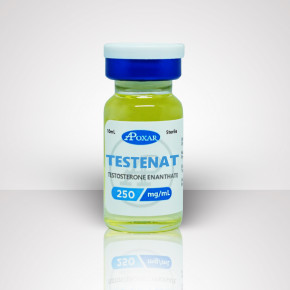
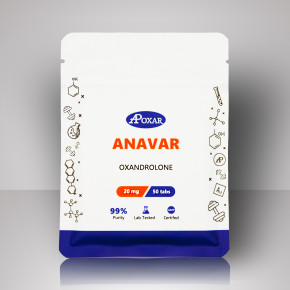
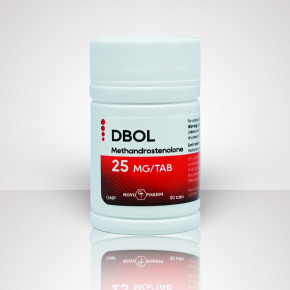
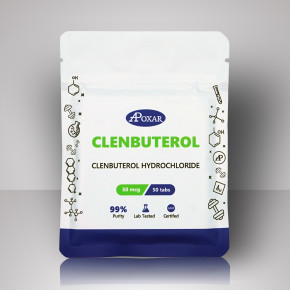
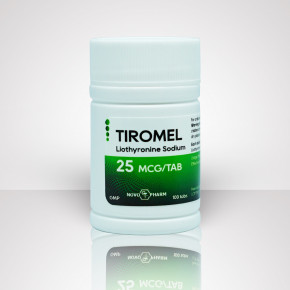
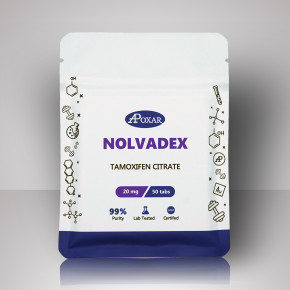
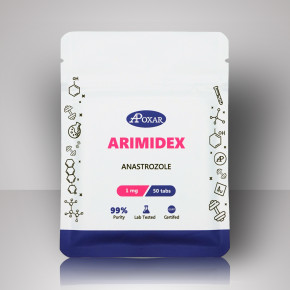
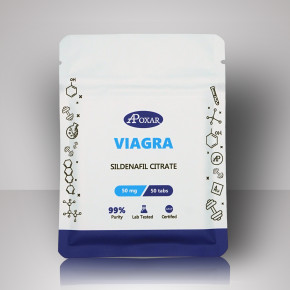
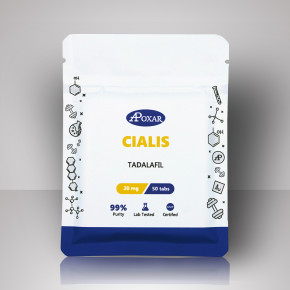
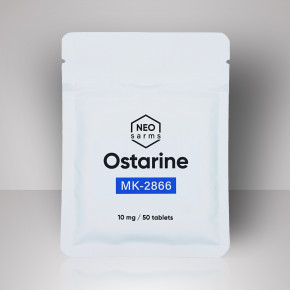
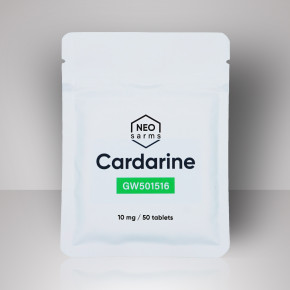
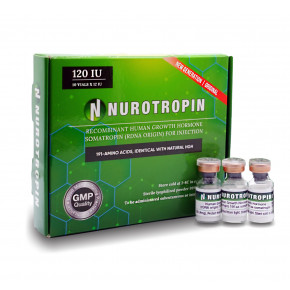
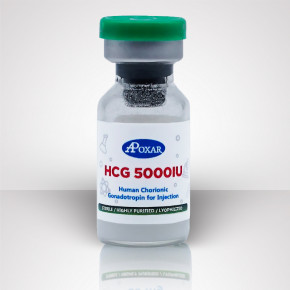
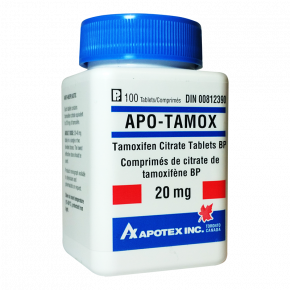
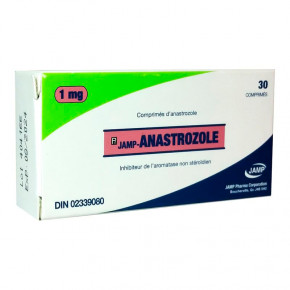
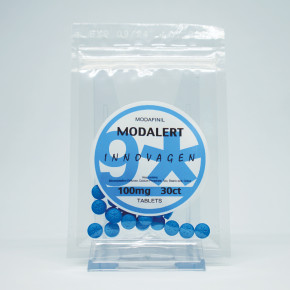
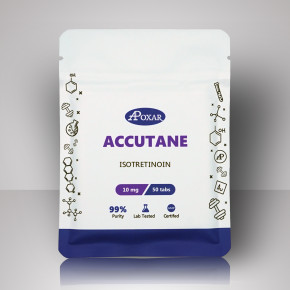
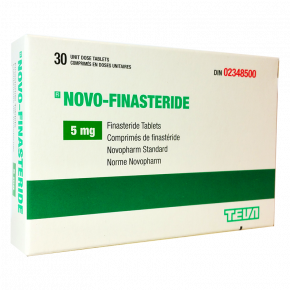
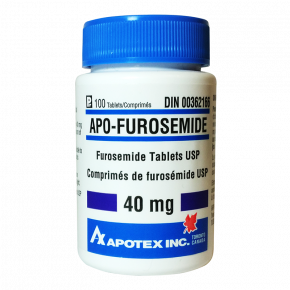
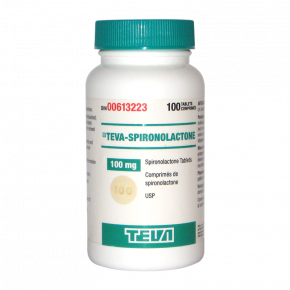


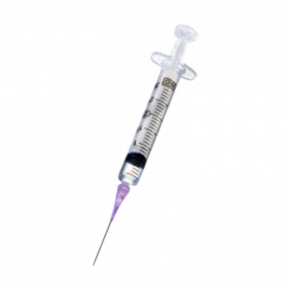


 Proudly Serving Canadians Since 2012
Proudly Serving Canadians Since 2012